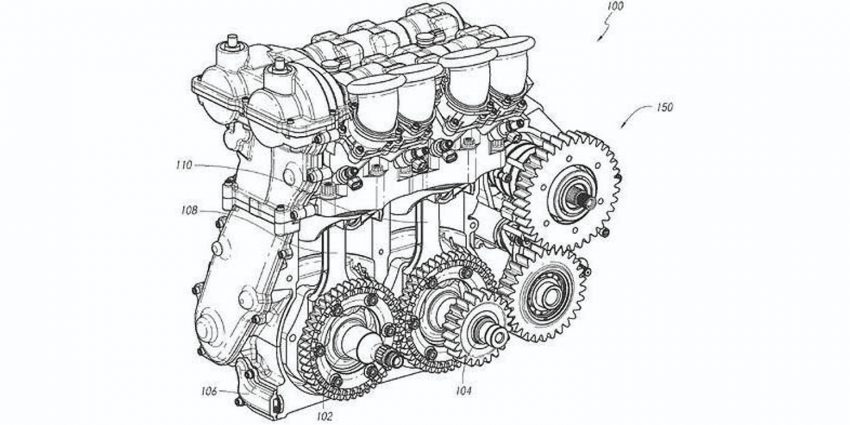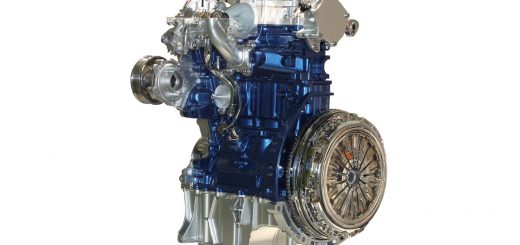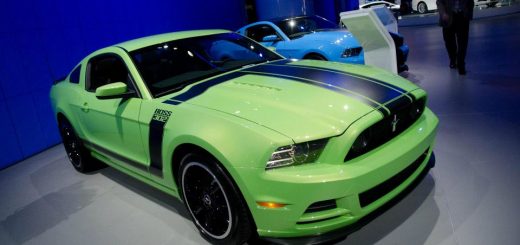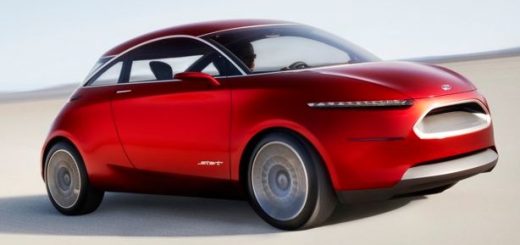You may already know the name “Dan Gurney.” Apart from being one of the most revered American racing drivers of all time, single-handedly starting the tradition of spraying champagne after finishing first at the 1967 24 Hours of Le Mans, Gurney is also a tinkerer and inventor. It is after him that the so-called “Gurney Flap” (a.k.a. “wickerbill”) is named.
The 84 year-old continues to tinker to this day, and in fact, he’s been issued a patent on a very intriguing redesign of the centuries-old 4-stroke internal-combustion mill: a so-called “moment-cancelling engine.”
The moment-cancelling engine, in its current configuration, is a two-cylinder motor intended primarily for use on motorcycles, though its integration into vehicles with more than two wheels ought to be seamless. It’s rather unlike any conventional inline, boxer, “V” or “W” cylinder bank configuration seen up to this point; the two cylinders are place side-by-side in parallel, each operating on a separate crankshaft. Those crankshafts are then kept in-sync by counter-rotating toothed gears, and the result is a motor which, in theory, can better balance internal forces as the crankshafts mirror and cancel out each other’s motions.
At Gurney’s “All American Racers” website, he writes about the inspiration behind the design of the moment-cancelling engine: “Without special balancing systems, vibration and reciprocating engines go together. My experience is that things vibrate for a while, then fatigue and fall off or fall apart (like wires and lights and ignitions and exhaust systems).” Power output, meanwhile, was hardly a concern for Mr. Dan Gurney and his colleagues.
Yet despite this, according to a few simulated dynamometer runs, the moment-cancelling engine will produce an impressive specific power output. Of course, the numbers produced warrant some caution, as no simulation can ever match the accuracy of real-world testing. The folks at All American Racers themselves are very guardedly optimistic about the simulation data, with Gurney writing that they are doing their best to avoid boasting until the number has been validated in some other form.
Even still, for a two-cylinder moment-cancelling engine with a displacement of just 1.8 liters, a compression ratio of 9.5:1 yields a simulated peak power output of over 280 horsepower at 9,000 RPM. Such a high rev-limit is theoretically attainable, given the inherent balance of the engine’s design. At 7,500 RPM, torque peaks at about 170 lb-ft.
Of course, even if these numbers come reasonably close to reflecting the output of Dan Gurney’s moment-cancelling engine, it would likely be several years before the mill could trickle-down into the world of the everyday. As alluring as the concept may be, we won’t hold our breath.














No Comments yet